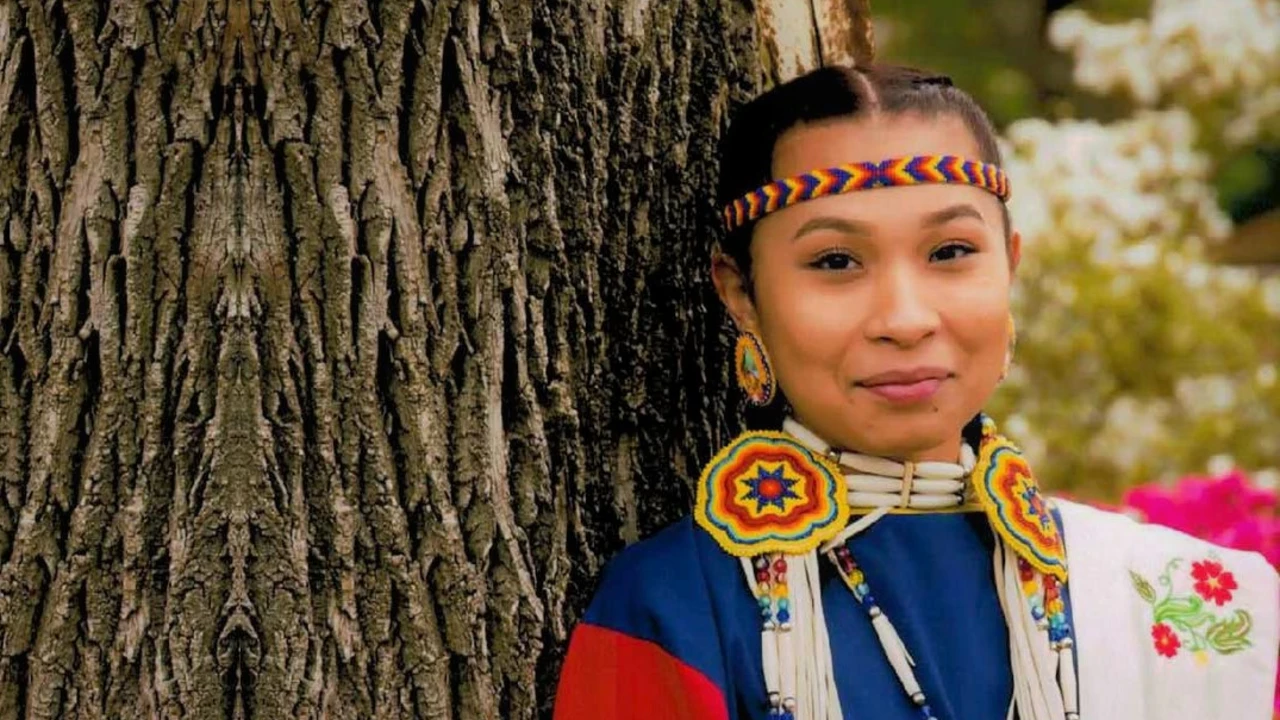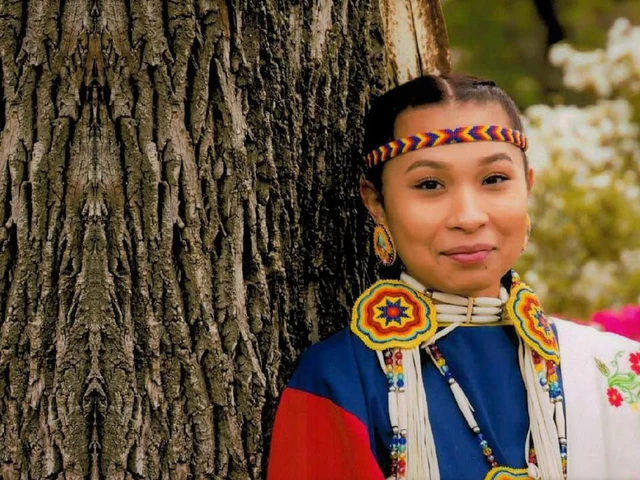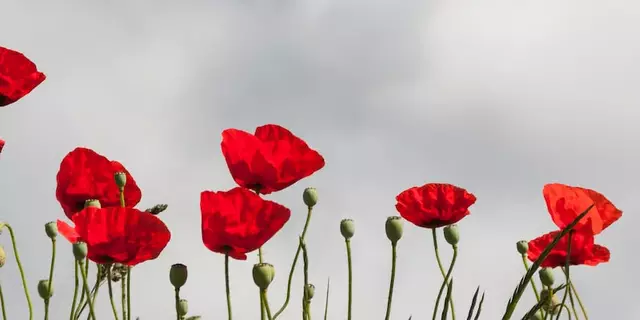Native Indian Tribes: A Straight‑forward Look at Their Past and Present
When you hear the phrase "native Indian tribes" you probably picture ancient villages, colorful dress, and traditional dances. Those images are part of the story, but there’s a lot more to understand. This guide breaks down where the tribes came from, what they believe, and how they live today, without any jargon or fluff.
Ancient Roots and Languages
Native tribes have lived on the sub‑continent for thousands of years. Archaeologists have found tools and pottery that date back to the Stone Age, showing that these groups knew how to hunt, farm, and trade long before recorded history. Each tribe speaks its own language or dialect, many of which belong to the Dravidian, Indo‑Aryan, and Austro‑Asiatic families. Those languages carry myths, songs, and the names of local plants that are still useful for doctors and farmers.
Today’s Tribal Communities
Modern life has pushed many tribes off their traditional lands, but they still keep core customs alive. Many families run small farms, raise cattle, or make hand‑crafted goods to sell in nearby towns. Education is improving, with government schools set up in several tribal districts, yet literacy rates remain lower than the national average. Health care is another challenge; remote villages often lack clinics, making preventable diseases a big worry.
Women play a central role in tribal societies. They manage the household, pass down recipes, and often lead religious ceremonies. Their knowledge of herbal medicine is especially valuable, and some NGOs are working to document these practices before they disappear.
Religion varies widely. Some tribes worship nature spirits tied to rivers, mountains, or forests. Others blend ancient beliefs with Hindu or Buddhist practices. Festivals are lively affairs where music, dance, and communal meals bring everyone together.
Economic opportunities are expanding slowly. Government schemes provide subsidies for livestock, especially dairy cattle, which helps many tribal families earn a steady income. Small dairy cooperatives let villagers sell milk to nearby towns, improving nutrition and cash flow.
Tourism has become a double‑edged sword. Visitors are curious about tribal art, dance, and crafts, which can bring money but also risks turning culture into a show. Some communities run homestays, letting tourists experience daily life while earning a fair wage.
Legal battles over land rights are ongoing. The Forest Rights Act of 2006 gave many tribes the right to claim ancestral lands, but implementation is uneven. Activists warn that without proper enforcement, forests could be cleared for mining or commercial projects.
Despite pressures, many tribes are adapting. Young people use smartphones to learn new skills, connect with markets, and share their stories online. Social media platforms let them organize protests, showcase art, and celebrate cultural milestones.
Understanding native Indian tribes means looking beyond stereotypes. It’s about recognizing their resilience, honoring their contributions to agriculture and biodiversity, and supporting their fight for rights and recognition. Whether you’re a student, a traveler, or just curious, a respectful approach helps preserve the rich tapestry of tribal life for generations to come.
Arvind Chatterjee, Jul, 28 2023
Do American public schools teach about native Indian tribes?
Whoa, hold onto your feathered headdresses folks, we're diving into the realm of whether American public schools teach about native Indian tribes! Now, this may seem like a simple yes or no question, but in reality, it's as complex as a Navajo sand painting. So, do American schools teach about Native Indian tribes? Yes, they do! But, it's a bit like trying to explain quantum physics using only finger paints - it's all a bit basic and sometimes misses the key points. So, while they do cover it, the depth can be as shallow as a kiddie pool in a drought. Now, that's a bit of a bummer, but hey, it's a start, right? Let's hope for more comprehensive education in the future!
View More




